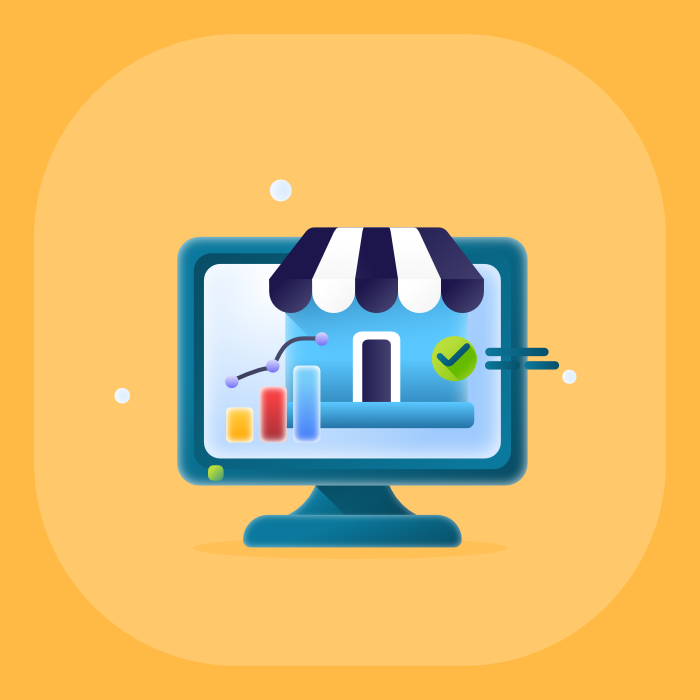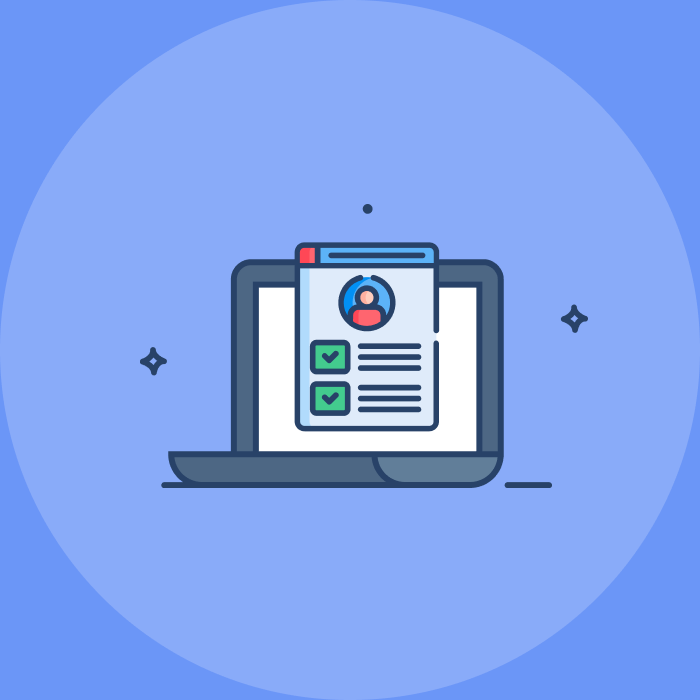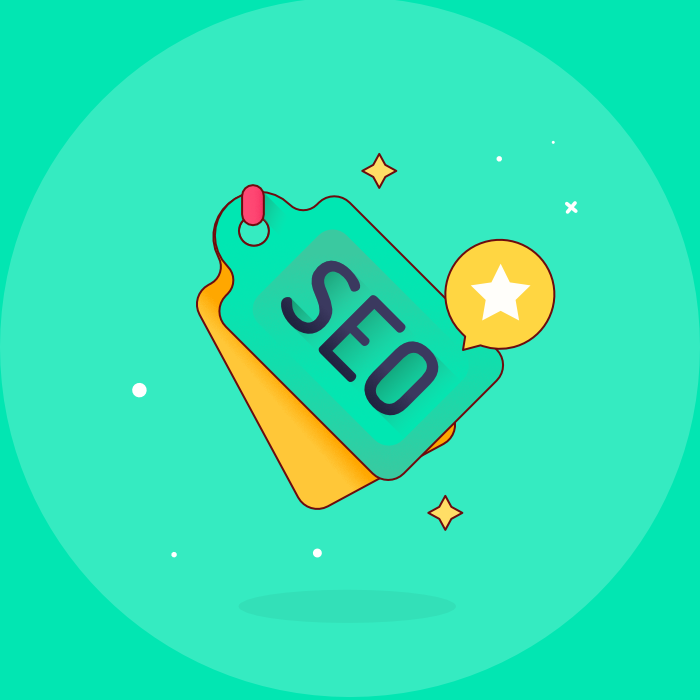With a great product, you also need an effective web design, a quality marketing strategy, and other trending tools to promote your brand. Check out the common myths you should stop believing while designing a website.
“Myths are just myths.” And falling for myths, especially in the web designing industry, is nothing more than a waste of time. Instead of ignoring these myths, it is essential to figure them out and bust them before harming your website, brand, and growth.
Whether you’re on the way to building an all-new eCommerce brand or implementing eCommerce web design strategies to give an edge to a well-established online store, you may have come across random facts and trivia on how you should accomplish your design goals. Yes. Innumerable myths and conceptions are floating around the web that can hinder your web development journey.
Below, we have listed common myths that many developers, especially start-ups, fail to figure out that further result in unwelcoming results. We have busted these myths and filtered the truth for you. Let’s delve into-.
1. No need for a mobile version site
Being a developer, assuming your website is powerful enough to attract a flock of visitors and record-breaking sales is a big lie. While designing a website, you’ll surely come across the statement investing your time and money in creating a mobile version site is not a meaningful practice. If you also believe that mobile responsiveness is not an important aspect, it’s time to dig out the truth, busting this myth.
Myth busted: Do you know that global e-retail sales will be expected to grow up to $4.8 trillion by 2021? If this stat doesn’t excite you, another one is on the way. You would be surprised to know that around 49 percent of website traffic comes from mobile devices. These stats clearly show how imperative the mobile version site is for increased digital sales, traffic, conversions, and overall online growth.
Talking about the importance of mobile-friendly websites from Google’s perspective, this IT-giant tech also prioritizes responsive websites while website indexing. So, if you want to avoid missing many potential customers, make sure you own a responsive website.
2. One Template Fits All
There is a high chance that you are bombarded with the myth “One template fits all.” This is one such myth that most startups or developers fail to figure out because it helps them save more. An idea or strategy that helps a user save more attracts a lot. But the reality is totally different. The same template cannot fit all.
Myth busted: Let’s break this myth, considering an example. If you’re developing a single brand website, you need to choose a template that can highlight your products and services. On the other hand, for an online retailer website, you must choose the template that allows easy navigation, showcases more products on a single webpage, category and labeling option, etc.
A web designer should understand that the same type of template design cannot fit the needs of all websites. In order to reach optimum success, choose the right template.
Shopify or Woocommerce? Wix or Square? Most startups fall into a big dilemma of which platform they should go for and end up saying, “Platform doesn’t matter,” giving one myth in our list to bust. Is one of the common misconceptions among startups or developers that all platforms deliver the same results. That’s not true! It is essential to remember that platforms' role is not just limited to developing a website.
Myth busted: Before you kick off your web design and development journey with a specific platform, you need to consider some essential things, such as
- Features
- backend functionality
- simpler backend working process
- plugins supported by the platform
- cost.
All these aspects should be included in your checklists while choosing the right eCommerce platform in the myriad options. Besides these factors, you should prioritize checking reviews, scalability, and customer support before making the final call.
For example- Shopify is a hosted platform; on the other hand, Woocommerce is self-hosted. It simply shows that when you choose Woocommerce, you will access more flexibility with your data storage.
4. Choose Only Sales Oriented Site
Sales-oriented websites may grab the attention of several business owners because they believe such websites improve sales and ROI. Yes, that’s true! But at the same time, it is worth noting that the website should not appear like a sales tool as not every visitor on your site will immediately say yes to your offered products or services. You should give your visitors ideal reasons why they should choose you over others.
Myth busted: What do you mean by a sales-oriented site? Such websites are loaded with graphics and buttons to attract visitors. The thought of building a sales-oriented website may strike your mind, but it is noteworthy that it doesn’t encourage return visitors. Talking about the positives of sales-oriented websites, they are content-rich website that allows easy navigation.
5. Designing is Limited to Making a Website Attractive
If this myth also triggers you, there is a high chance that your perception of a web designer is merely the same, just like others. You're wrong if you think web designers primarily focus on making your website attractive. Rather than working on its overall appearance, they direct more efforts toward its functionality.
Myth busted: Web designing is not just limited to making your website aesthetically pleasing, but its main focus is on how it works and effectively delivers the solution to the issue. Web designing is more than just colors and typography; it also includes user research, testing user experience, checking navigation, prototyping, and many more aspects.
6. Websites Updates are Not Important
A website loaded with the latest trends doesn’t appeal to visitors. Developers believe their role ends with creating a website. But does that design or content on the website remain forever? Do they help you beat the consistently rising competition? If you think yes, you’re wrong. Ignoring the recent trends will decline the spark a visitor always wishes to see or expect on their website.
Myth busted: In today’s modern world, several advanced technologies have been introduced in the web design industry. This is the reason why it is imperative to walk with trends and make your website robust enough to make a lasting impression on visitors. There should be a consistent approach towards updating and expanding your website, implementing new ideas, and being creative to a great extent. It is always suggested to redesign the site every two years for its improved functionality.
7. More Features Make Your Website Alluring
In the urge to attract more visitors, increase digital sales, and better design, developers across the globe prefer adding more features to the website. Before you do this, ask a question to yourself, “is it a good idea?”
Well, saying clearly, adding appropriate features can bring favorable results. Being a developer, you must prioritize quality over quantity. Rather than flooding your website with more and more features, focus on adding the necessary features to bring out the best of your website.
Myth busted: There are innumerable websites over the internet that decline the user experience, and this happens because of the unwanted features added to the website that affect its appearance. Adding relevant and appropriate features to your website is the ideal way to make it aesthetically appealing.
Many developers around the world believe that social media is nothing more than just a platform to highlight the brand. In reality, social media has much more positives than brand recognition.
Several terms like engagement, ads, analytics, boosted post, cross channel, impressions, reach, etc., are included in the social media terminology that plays a crucial role in conversions. Social media doesn’t only influence brand awareness but also leverages your sales and conversions.
Myth busted: In recent years, social media platforms like Facebook, Instagram, Twitter, etc., emerged as the best sales platforms that add more points to the business's profitability. These social media channels give business owners an opportunity to increase their customer base and sales and make a mark in the online world, achieving success.
With the following ways, you can drive conversion on social media.
- Social media landing pages optimization for more conversions
- Use influencer marketing
- Boost conversions using video-centric posts
- Take advantage of social media ads
- User-generated content is helpful
- Excite your targeted audience with a good content
- Perform analytics and tracking and take necessary action.
9. Home Page is a Priority
The next and often heard web design myth is that the home page is a matter of focus. As we said earlier, a myth is always a myth; let’s find out the truth.
Designers across the globe concentrate more on the homepage of the website. Sounds good but does this practice is helpful? Although the home page makes the first impression on the visitor, being attentive to only this page can cost you in many ways.
Myth busted: There may be chances when the user clicks on the paid external links, they will not land on the home page and won’t notice it. Giving a part of the time to the home page is beneficial, but giving all, might be a waste of time. It will be better to work on each part of the website.
Today, there are myriad options on social media platforms, and some of the giants are Google+, Facebook, LinkedIn, Instagram, and Twitter. All these platforms’ icons are displayed on the website. Are they necessary? The myth says no; in reality, they are important.
Myth busted: As we have also discussed earlier, social media is not just a brand recognition channel but also works best to increase the site’s traffic and search engine rankings. Social media buttons help a visitor easily land on the brand’s social media pages. The owner doesn’t need to share content on the platform. The website visitor can easily access your social media pages with a single click.
Wrapping Up
All the points listed above are common myths that many developers fail to figure out and later have to suffer consequences. Whether you’re a start-up or an owner of an established online brand, it is always better to go for A/B testing that helps you make an intelligent decision for your business. Above all, you also won’t get trapped in these myths.
Working on such minor points can lead you towards beneficial outcomes in terms of increased digital sales, better brand recognition, higher conversions and leads, and generating overall high value for your business among many customers.
Subscribe to weekly updates
You’ll also receive some of our best posts today






